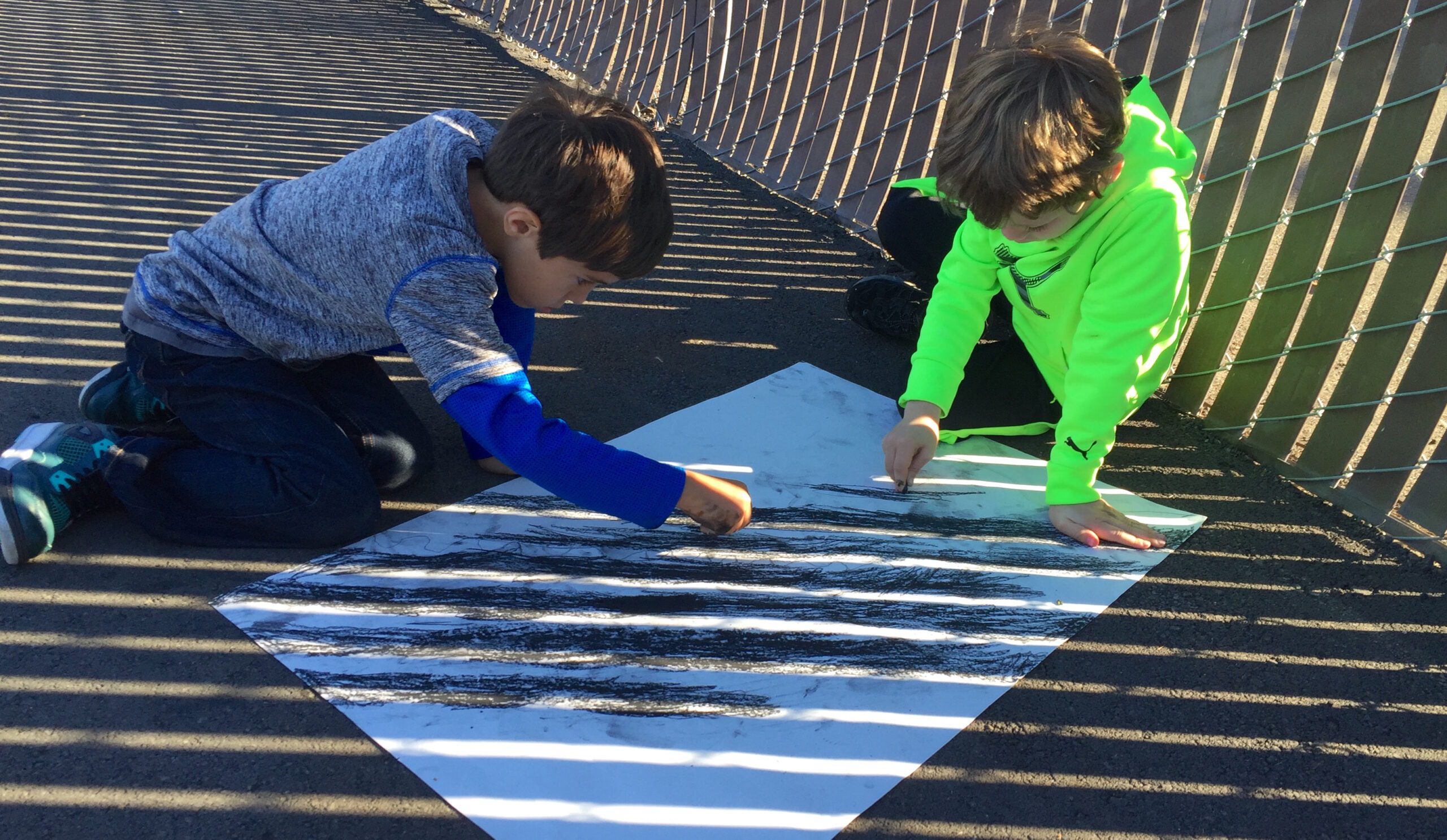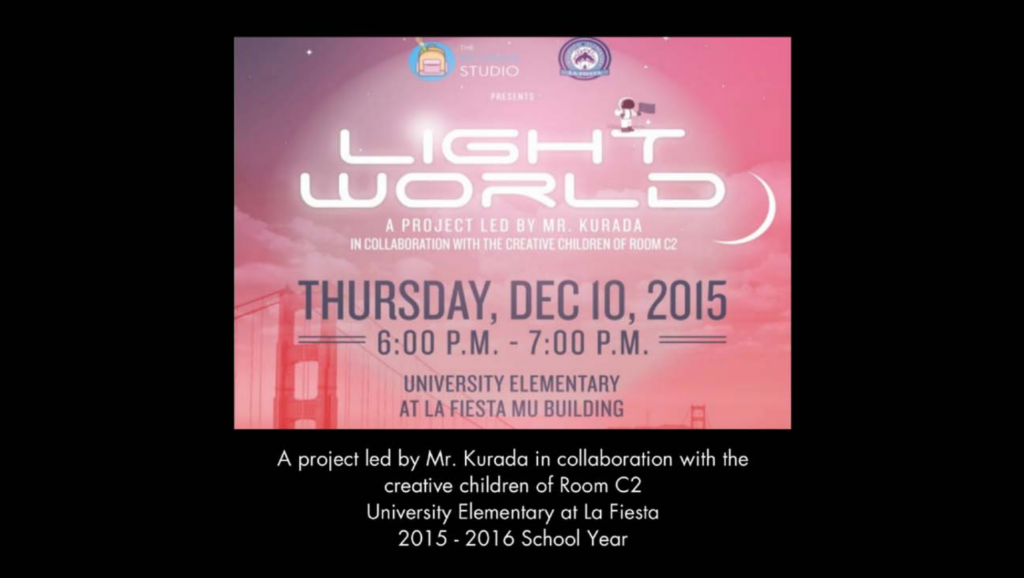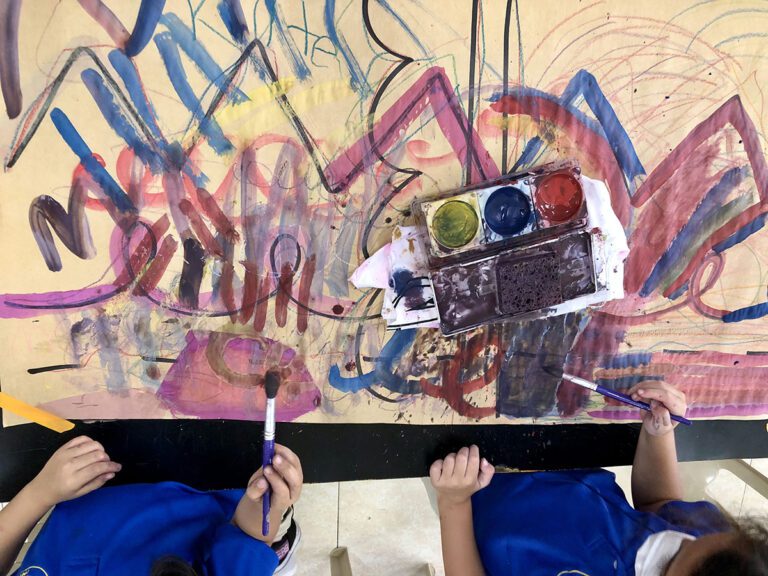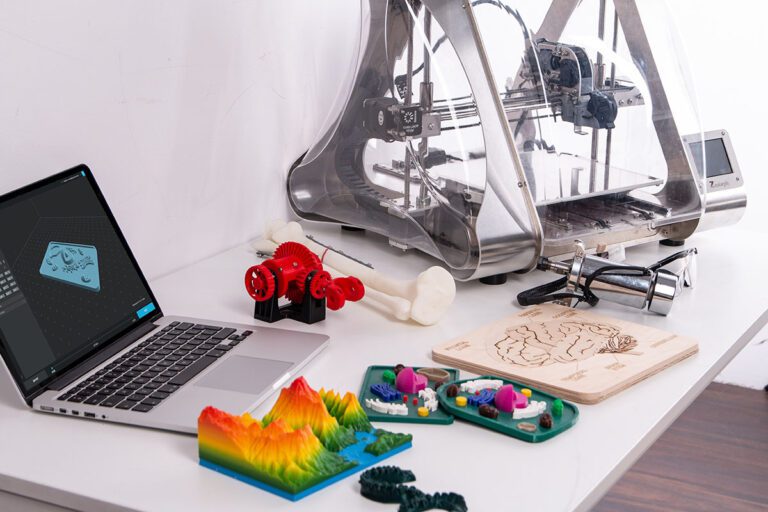If you’re like me, you’ve probably heard of the Reggio philosophy that comes from Reggio Emilia Italy. But, while the student-led, inquiry-based philosophy sounds great, you might not know enough to actually use it in your classroom.
I knew this approach could be inspiring and beneficial for students, but I wanted to see an example. Furthermore, I wanted an example that showed how the Reggio philosophy could be used in the classroom while still ticking off all the standards art teachers are responsible for.
Luckily, I was introduced to Ryan Kurada, who agreed to share the stunning work he’s doing in his classroom.

Ryan is a first-grade teacher from the San Fransisco Bay Area. He teaches at a school focused on project-based learning and is a huge proponent of the Reggio-inspired approach. He even traveled to the Loris Malaguzzi International Center in Reggio Emilia, Italy to observe this philosophy firsthand!
What is a Reggio-inspired approach?
As Ryan explains, Reggio-inspired learning is characterized by the belief that all learners have rights. Teachers observe and listen to their students and plan activities that are driven by the students’ interests. As an example, Ryan noticed his students were very interested in shadows, transparency, opacity, and making reflections. So, he planned a series of exploratory activities and projects that furthered student learning in this area.
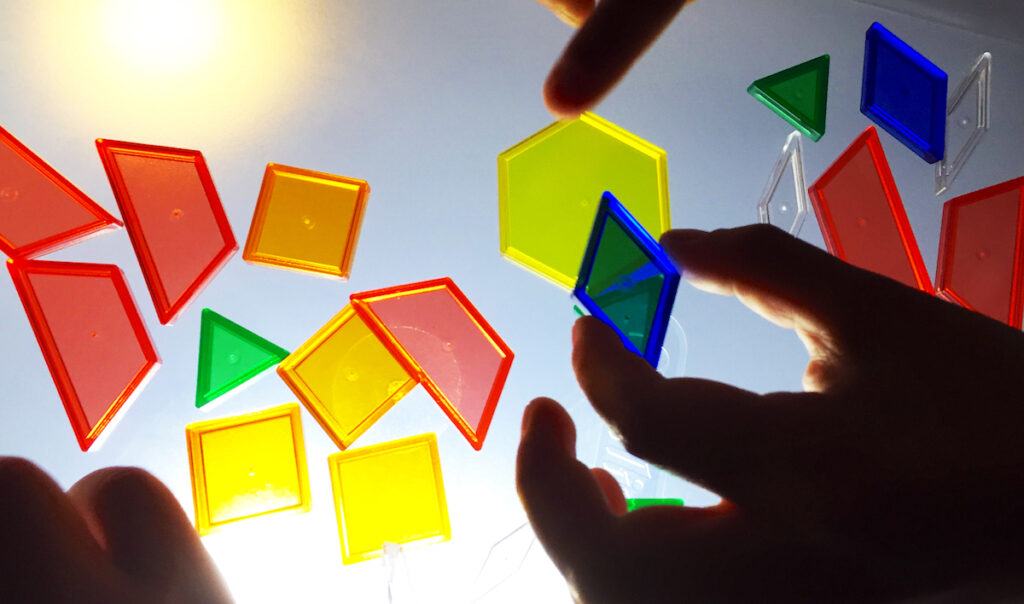
How is learning assessed in a Reggio-inspired classroom?
The heart of Reggio-inspired assessment is to make student learning and thinking visual. Teachers focus on telling the story of the learning, or the process, rather than only displaying the finished artwork. Ryan uses a variety of assessment techniques like taking photographs or videos of students working, writing descriptions of student activities, collecting work samples, and transcribing audio recordings of student conversations throughout the project. These pieces are displayed for students, parents, and administration to see, along with descriptions and student comments about their learning. Ryan’s sample photo book, which you can download in its entirety below, tells the story of his students’ light-inspired project work, and it will blow you away!
But, what about meeting the standards?
As a multiple-subject elementary teacher, Ryan is required to assess his students based on the Common Core State Standards, Next Generation Science Standards, and the National Visual Art Standards. Because Reggio-inspired projects are interdisciplinary, he is able to tick many boxes off in one project. Posting the standards for each project as a part of the documentation process helps identify what and also how each standard is being met.
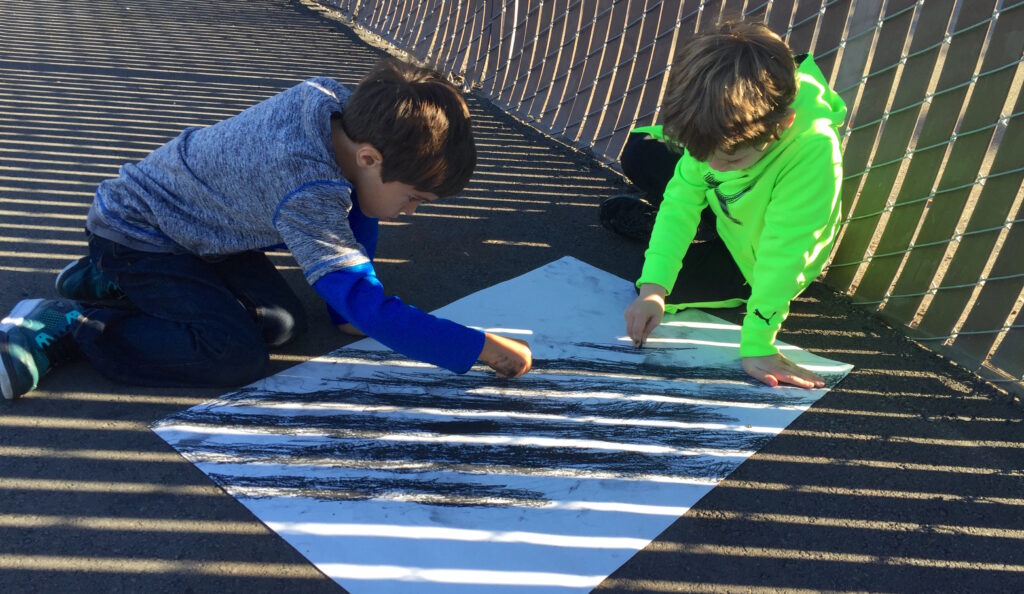
Where do I begin?
If you are interested in documenting student work in the Reggio way, Ryan shared a few key pieces of advice.
Here are five tips:
- Choose a theme that is inspired by your students’ interests.
Big ideas show learning over time. - Focus on one documentation tool and always have it handy!
If you want to snap pictures, keep your camera in your apron. Want to record student testimonials? Download a voice recorder app, like Voice Recorder, for your iPad. - Ask for help.
Parent volunteers, student teachers, or even older student helpers can serve as a second set of hands while documenting. - Focus on the most significant events.
You don’t have to have pictures of every project and every student, be selective! - Research and learn from others.
Take a class, read a book, or observe a Reggio-inspired classroom in action. If you’re interested, AOEU’s course, Rethinking Kindergarten, focuses heavily on the Reggio philosophy.
Hopefully, Ryan’s example and words of advice are just what you need to get the gears turning to think about giving Reggio-inspired learning a try. What I like best about this approach is that it is student-driven. This method keeps students’ interest piqued and ignites a love for learning that lasts a lifetime. And, after all, isn’t that the whole point of education?
Do you have Reggio-inspired art room?
How do you document the learning process?
Magazine articles and podcasts are opinions of professional education contributors and do not necessarily represent the position of the Art of Education University (AOEU) or its academic offerings. Contributors use terms in the way they are most often talked about in the scope of their educational experiences.
